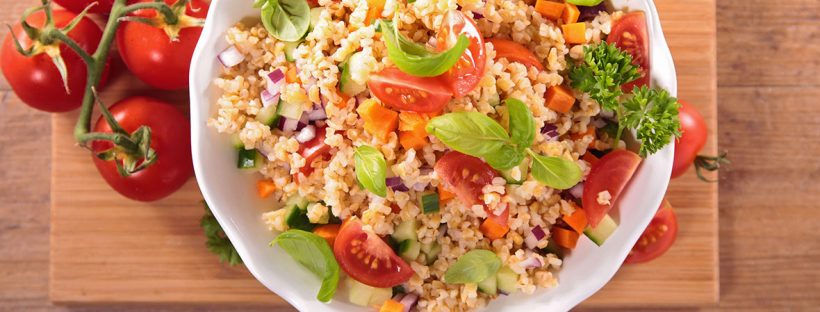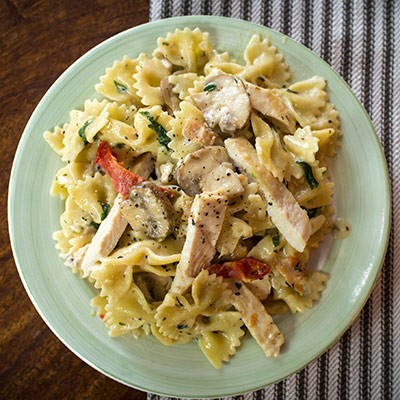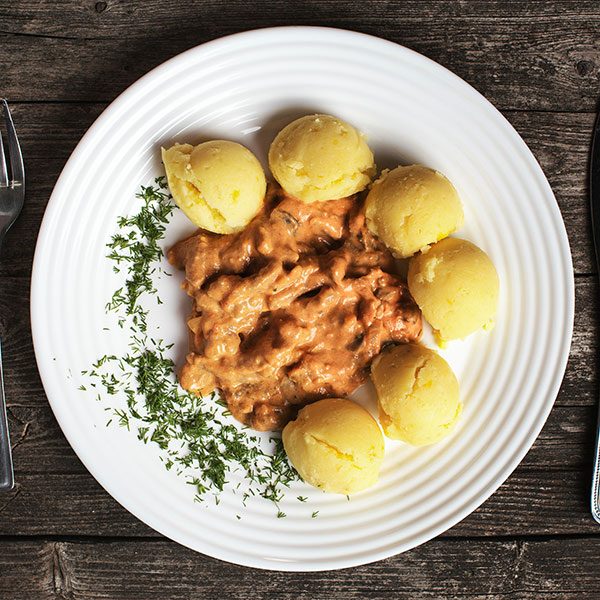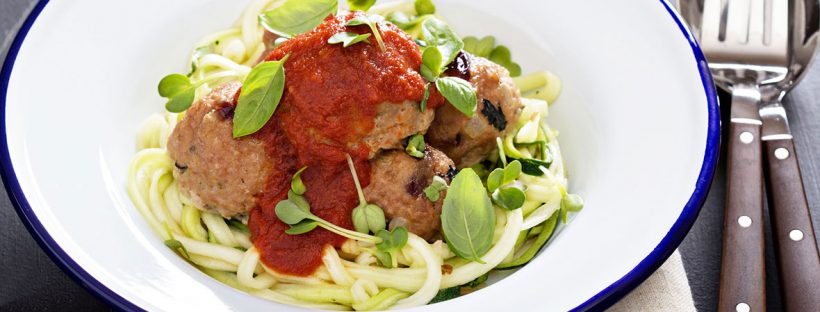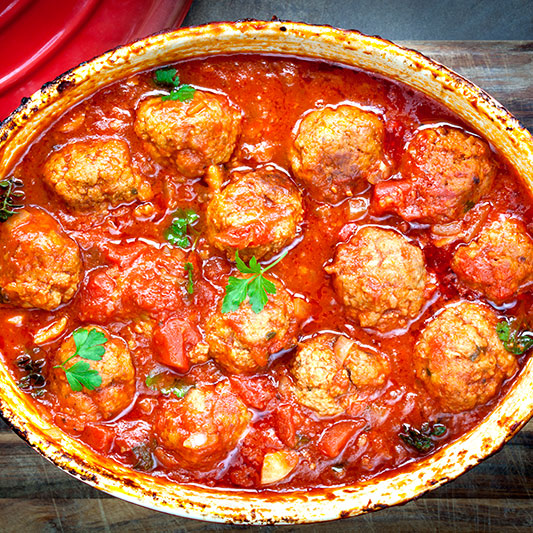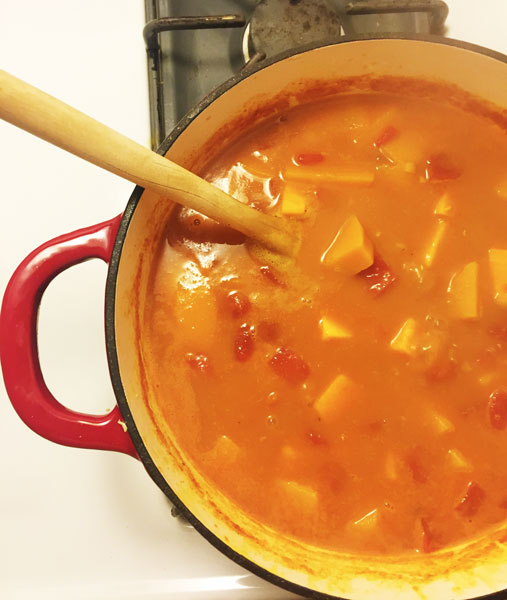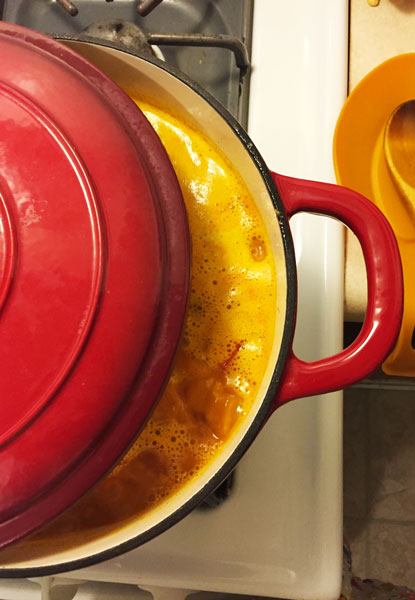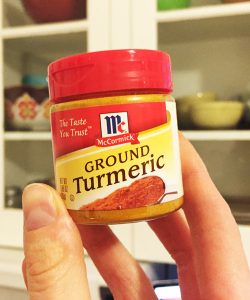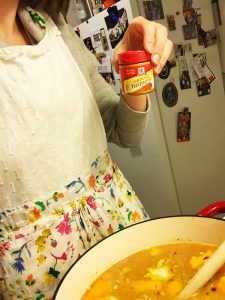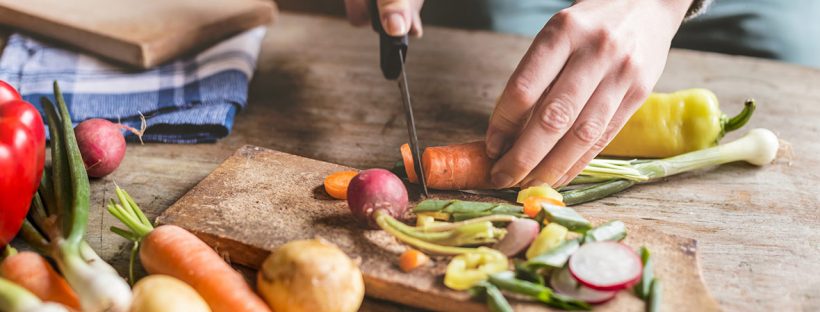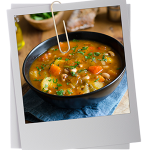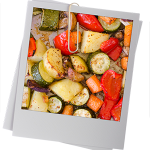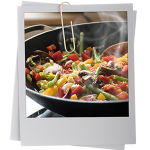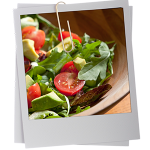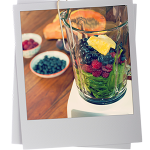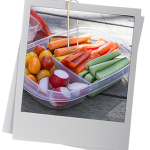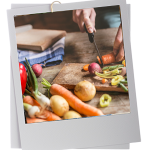There are a lot of great things about the return of warm weather: more sunshine, more time outside, and of course, more fresh veggies. This quinoa salad makes the perfect addition to any backyard barbeque or porch picnic. Filled with a bright colorful mix of spring and summer veggies, you’ll enjoy how easy this healthy dish comes together. —Erika Gruszewski
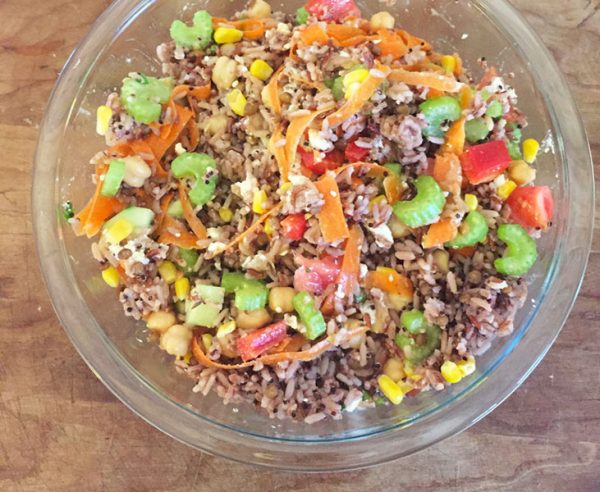
| Servings |
|
- 1 1/2 cups quinoa/wild rice mix
- 3 cups water
- dash salt
- 1 tomato diced
- 1 carrot shredded
- 2 stalks celery diced
- 1/2 sweet pepper your choice!
- 1 cup corn
- 1/2 can beans your choice!
- 1/2 cup feta cheese
- red onion to taste
- cilantro to taste
- 1/4 cup olive oil
- 1 Tbsp rice vinegar
- 1 Tbsp red wine vinegar
- 1 Tbsp lemon juice
- salt and pepper to taste
Ingredients
Quinoa
Veggie Mix
Dressing
|

|
- Add the quinoa/rice mix, water and salt to a medium sauce pan. Heat to a boil, reduce to simmer, cover for about 20 minutes.
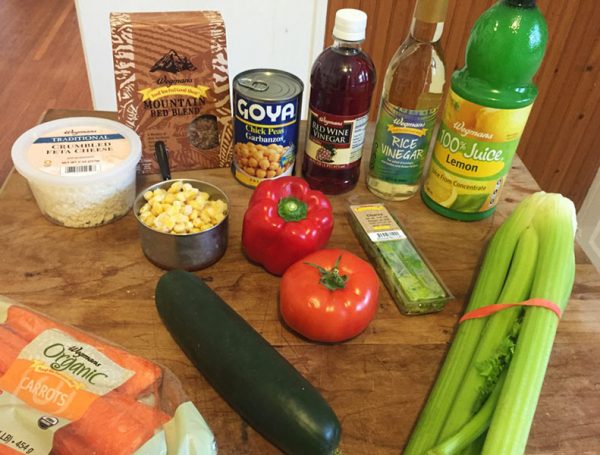
- While the quinoa is cooking, cut up all of the veggies and place in a large mixing bowl
- In a smaller bowl or dressing container, mix in all of the dressing ingredients.
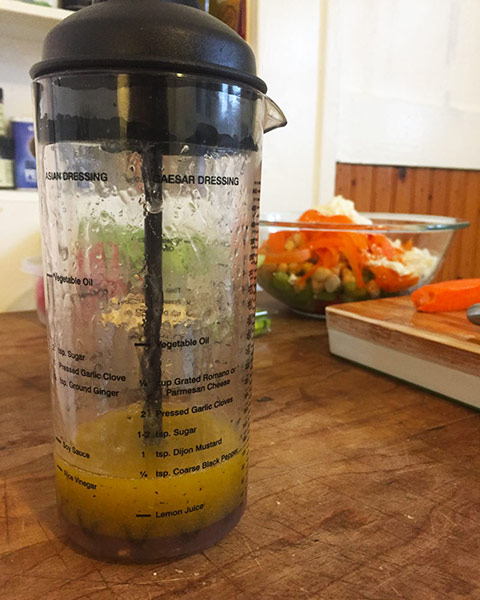
- When it has finished cooking, add the quinoa to the large mixing bowl and top with the dressing and feta cheese. Toss everything together.
- Serve and enjoy! Store in the refrigerator in a sealed container for up to a week.
- Beans of Choice: You can’t go wrong here, so try your favorite bean. I like using chickpeas, lentils, kidney beans or black beans.
- Quinoa: Don’t like quinoa? Swap in another grain like brown rice or couscous.
- Vinegar: Don’t have rice vinegar or red wine vinegar on hand? Try apple cider vinegar, white vinegar or even balsamic vinegar.


